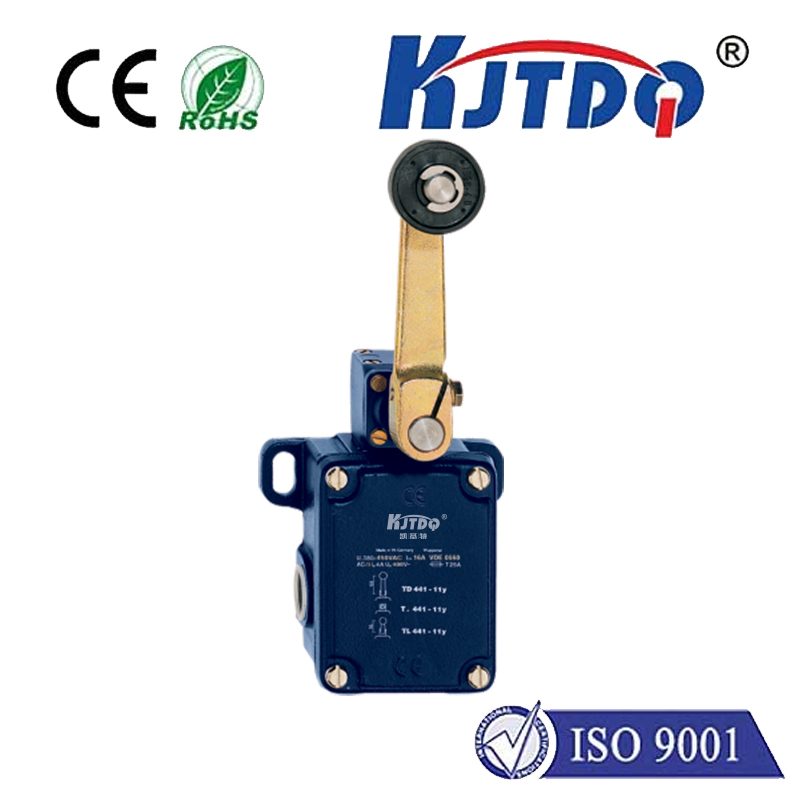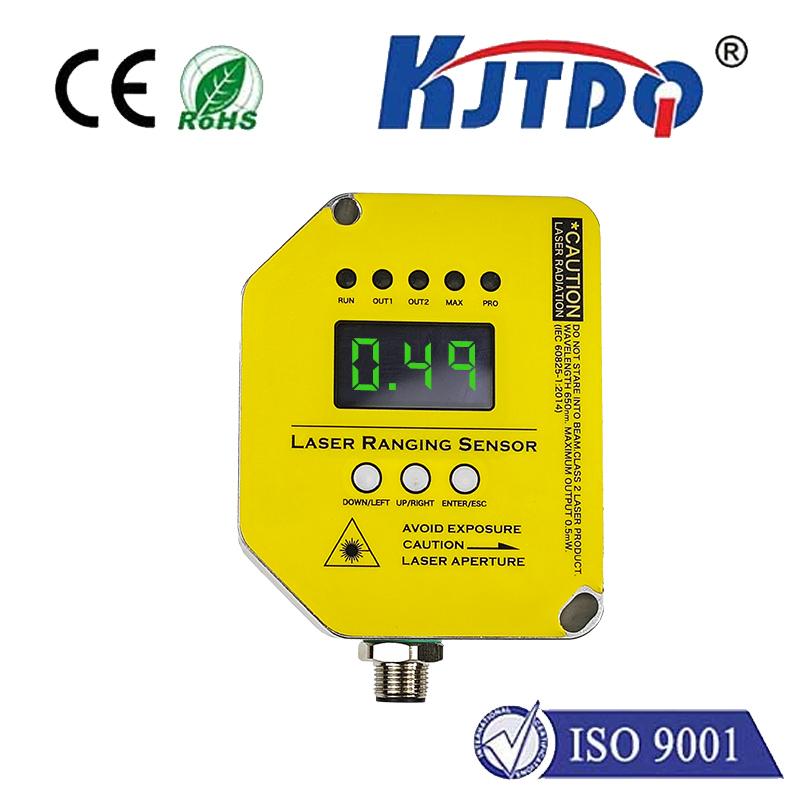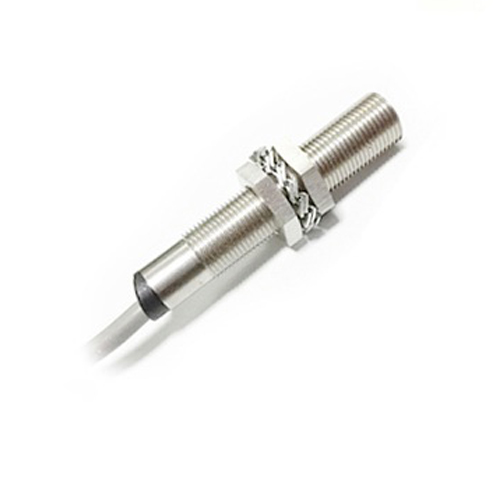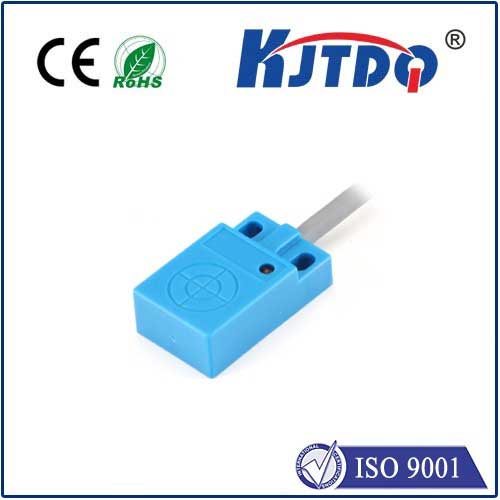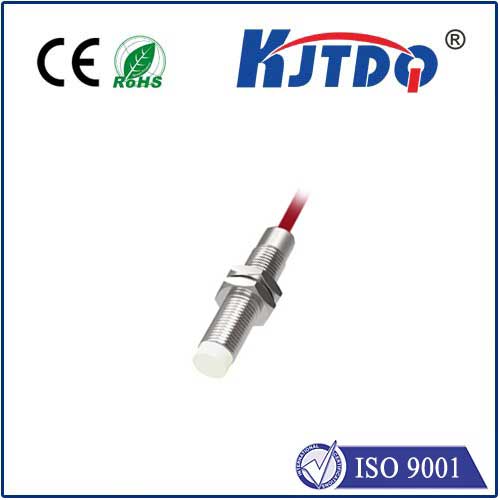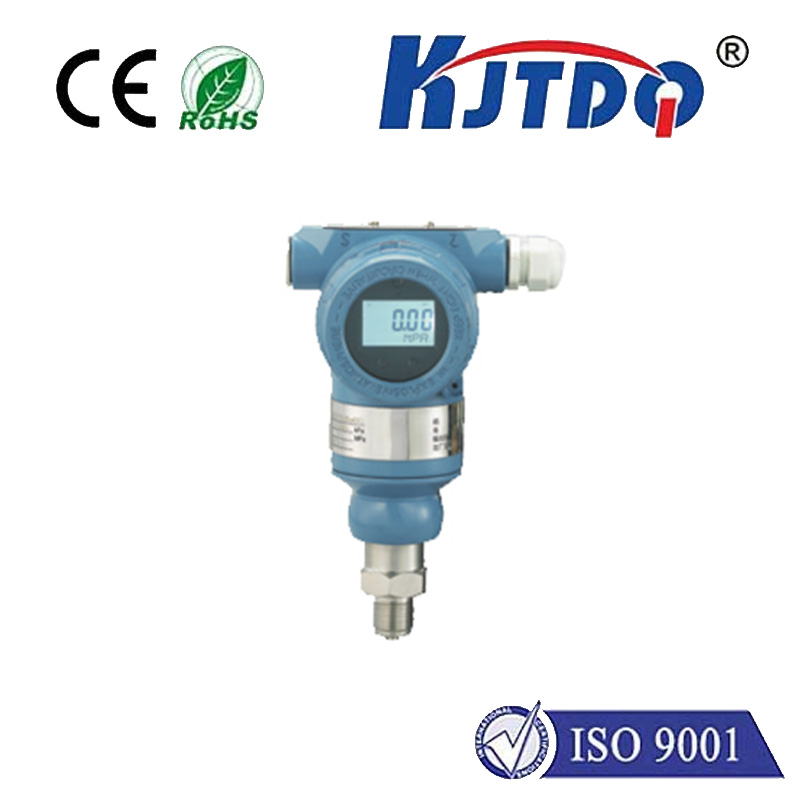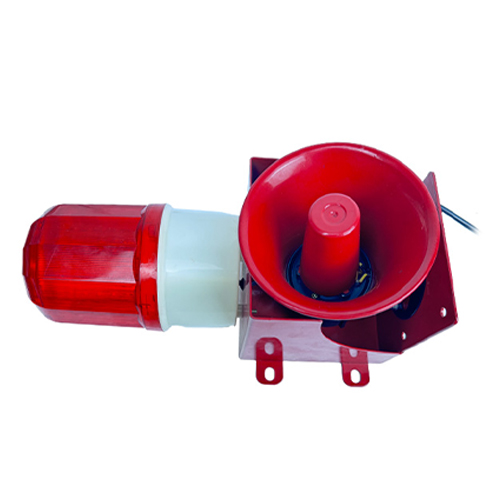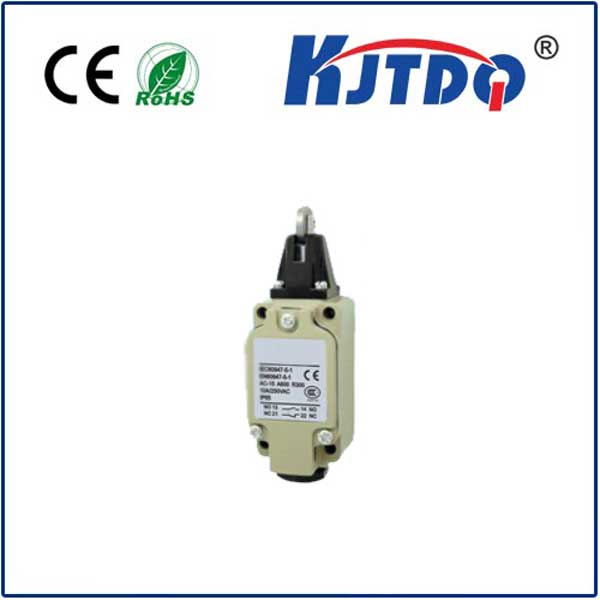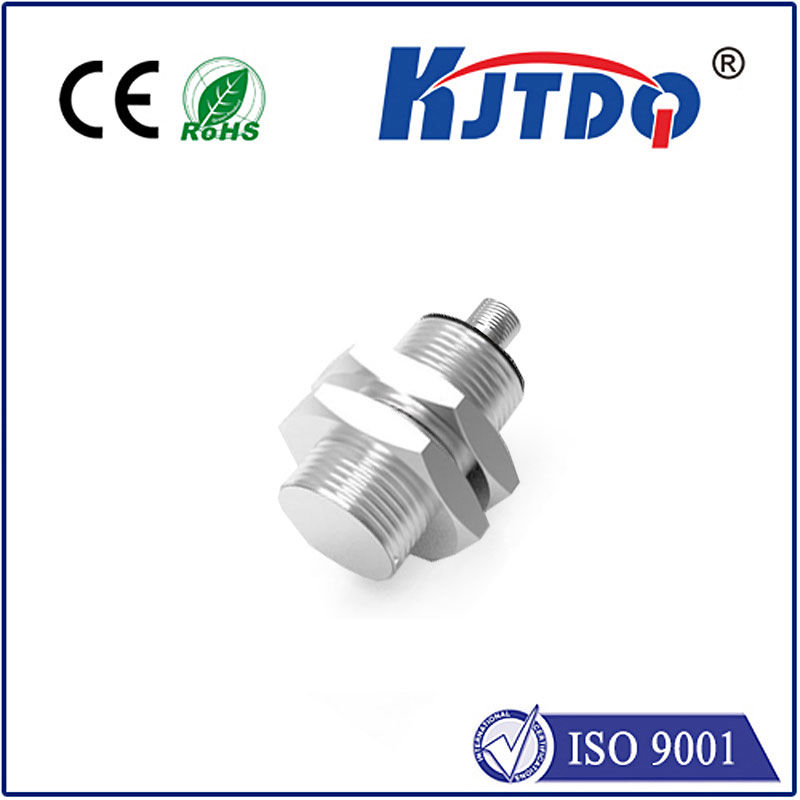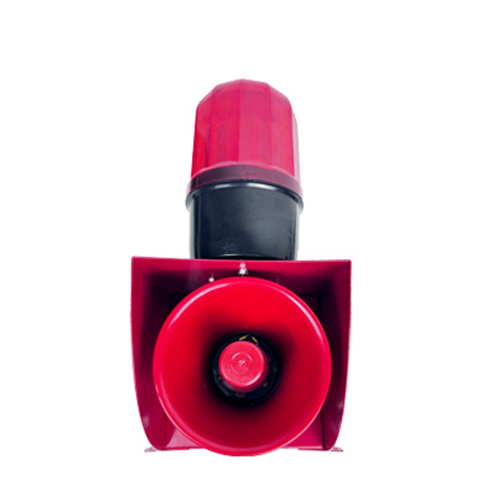

check

check

check

check

check

check

check

check

check

check
The world of automation and industrial machinery is full of intricate devices that help in achieving precision and efficiency. One such device is the limit switch with a lever, which plays a crucial role in various mechanical systems. This article delves into the concept of limit switches with levers and their applications.
A limit switch with a lever is an electromechanical device used to detect the presence or absence of an object or to determine its position within a given range. The lever on a limit switch acts as an actuator, triggering the switch when it is pressed or moved by an external force. These switches are typically used in conjunction with machines like conveyors, cranes, valve actuators, and other industrial equipment where precise control over movement and positioning is necessary.

The functionality of a limit switch can be explained through its basic components. It consists of an actuating lever, a set of contacts (normally open or normally closed), and a housing that protects the internal mechanism from environmental factors. When an object comes into contact with the lever, it applies pressure or moves it, causing the contacts inside the switch to change their state – either opening if they were previously closed, or closing if they were previously open.
This change in the contact state can then be interpreted by a control system to initiate actions such as stopping or starting motors, reversing conveyor belts, raising or lowering loads, and more. In essence, limit switches with levers provide feedback to the control system about the physical position of components within a machine, ensuring that operations run smoothly and efficiently.
One of the primary benefits of using a limit switch with a lever is its simplicity and reliability. Unlike sensors that require complex electronics for operation, these switches rely on a straightforward mechanical action to perform their function. They are durable, require minimal maintenance, and can operate under harsh conditions, making them ideal for use in industrial settings.
Additionally, limit switches with levers offer flexibility in terms of mounting options and lever types. They can be mounted in various orientations to suit specific application needs, and lever styles can range from roller-lever types for curved surfaces to rod-style levers for straight-line movements. This adaptability enhances their usability across different industries and applications.
In conclusion, limit switches with levers are essential components in automation and control systems due to their ability to detect positions accurately and reliably. They serve as critical intermediaries between physical processes and electronic control systems, enabling precise control over machinery operations. By understanding how these devices work and their advantages, engineers and technicians can make informed decisions on where and how to integrate them into industrial machinery for improved performance and productivity.
